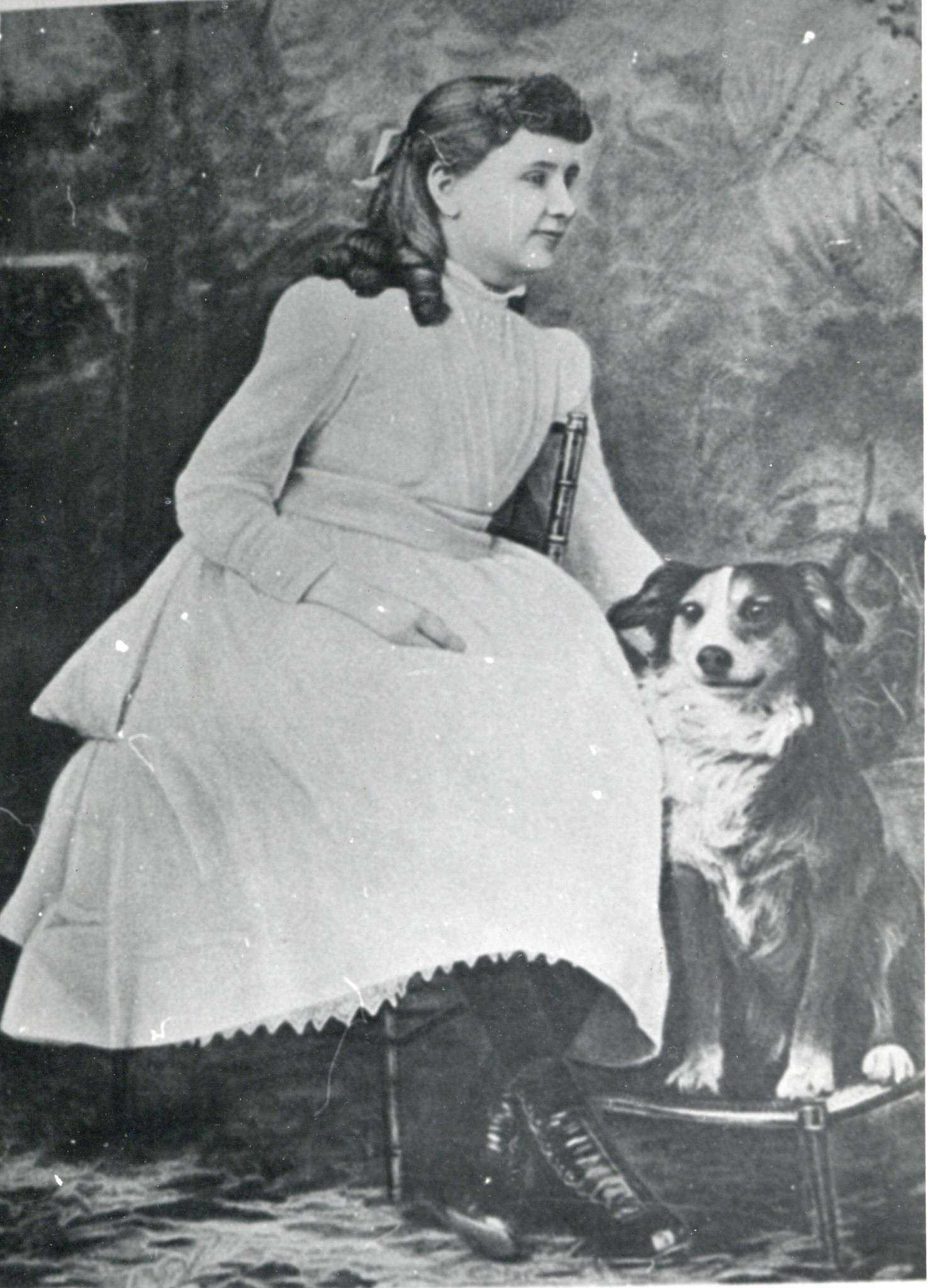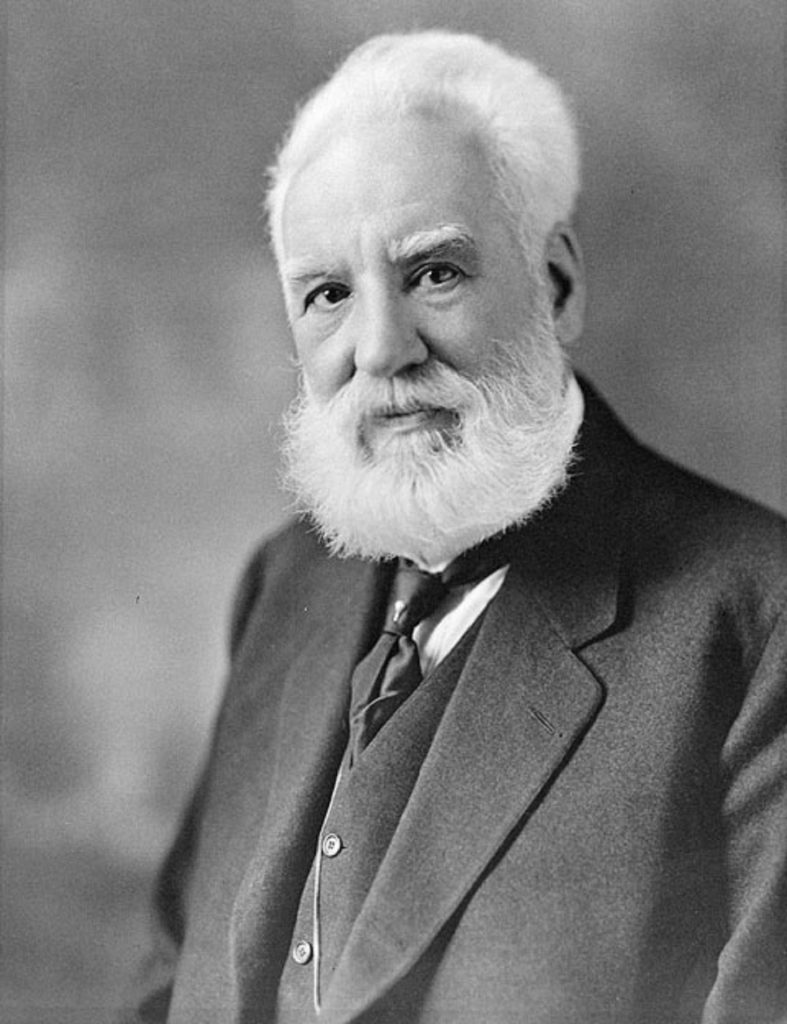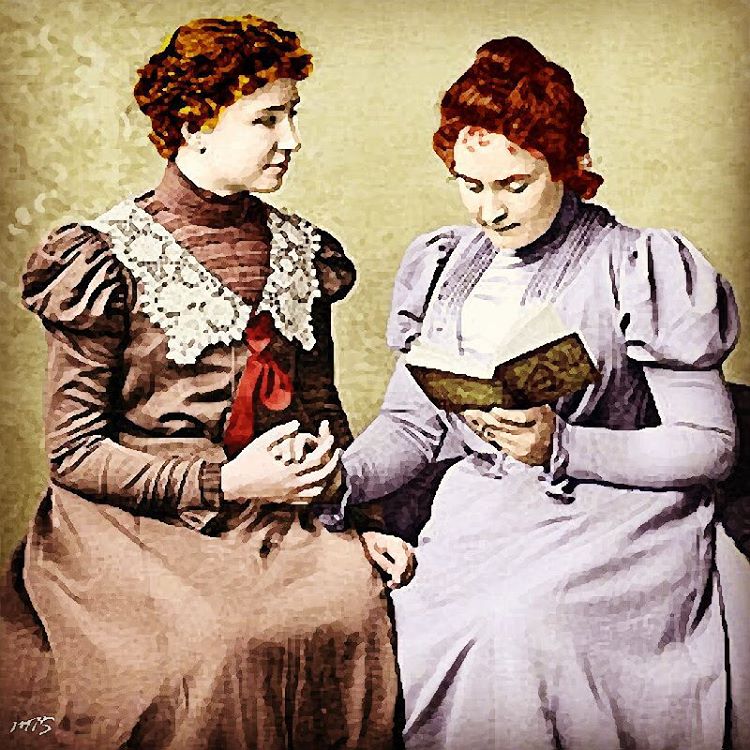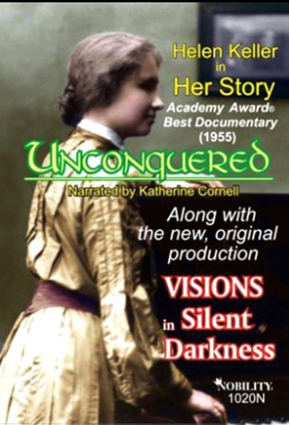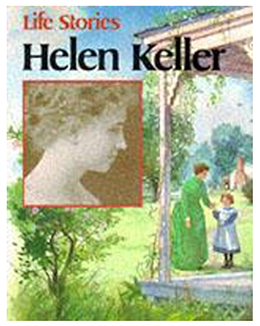The girl who could see with her hands
We’ve been celebrating people who have inspired others. This week we’ll be celebrating the life and work of Helen Keller.
Helen Keller was born on 27th June 1880, in Tuscumbia, a small town in Alabama. At just 19 months old Helen became ill, so ill that the doctors were unsure if she would survive. Fortunately, Helen did survive, but the unknown illness left her deaf and blind. Because Helen could not hear, she forgot how to speak. Her parents tried to give her as much of a normal childhood as they could, but Helen became frustrated and angry because she couldn’t communicate, and she would often break down in tears and become exhausted.
Alexander Graham Bell
The image above has been sourced by Stockvault licensed by creative commons to be in the public domain authored by Pixabay
In 1886 her parents took her to Washington DC to meet with Alexander Graham Bell to ask if there was anything that can be done for Helen. Alexander Graham Bell, famous for inventing the telephone, was also a teacher of deaf children.
His mother and wife were both deaf, so he was interested in helping other deaf people. Alexander told Helen’s parents she would not be able to improve her sight, but she was bright and able to be educated, so he offered to find a teacher to work with Helen.
Alexander Graham Bell found Anne Sullivan, a teacher who was just 19 when she began working with Helen.
Anne Sullivan
Anne Sullivan was born in Massachusetts in 1866. Anne herself struggled with her sight from a young age, becoming partially blind from an eye infection when she was just a child. Anne attended Perkins Institute for the Blind, where she learned the manual alphabet and was able to communicate with her blind and deaf classmates. Anne, being partially blind, was able to have operations to improve her weakened eyesight.
Anne was a good student at college and gained a reputation for being a good teacher. So, when Alexander contacted the Perkins Institute for the Blind, Anne was the ideal teacher to support the young Helen Keller. Anne joined the Keller’s estate in 1887 and was to become Helen’s lifelong friend. Helen is quoted as saying,
“The most important day I remember in all my life is the one on which my teacher, Anne Mansfield Sullivan, came to me. I am filled with wonder when I consider the immeasurable contrast between the two lives which it connects. It was the third of March 1887, three months before I was seven years old. ” (Helen Keller)
On their first morning together, Anne gave Helen a doll and, taking Helen’s hand, she used the alphabet to fingers spell D-O-L-L into it. Helen then spelled DOLL back to Anne – this was the start of Helen’s journey of learning a new language. From that moment, Anne would constantly spell into Helen’s hands from morning to night. Helen would learn full sentences, new words and add unfamiliar expressions.
Helen goes to college
Helen went to university; few women went to university in the 1800s, let alone a disabled student. Helen studied for the entrance exam using Braille. She passed her exam, and attended Radcliffe College in 1900. Helen spent days working hard on her studies but also enjoyed canoeing and sailing with college friends. She wrote a book ” The story of my life”. Helen graduated with honours in 1904. She decided then that she wanted to support people like herself.
Helen graduates college
Helen wrote for magazines about being blind, and gave public lectures about blindness. She had to continue to work hard at speaking, making sure her audience could understand her. People would come far to hear her, and many people wanted to have the opportunity to listen to her lectures. By 1914, Helen and Anne were both travelling around the USA giving lectures to large audiences.
The above picture has had colour added by Michael T. Sanders of NTICentral.org. Originally, the photograph was taken in 1899 by Alexander Graham Bell at his School of Vocal Physiology and Mechanics of Speech. In the picture is Helen Keller along with lifelong companion and teacher Anne Sullivan.
Sourced by Wikimedia commons arttribution: Michael T Sanders, CC BY-SA 4.0 https://creativecommons.org/licenses/by-sa/4.0, via Wikimedia Commons
Helen’s interest in politics grew. She would speak out about a range of issues, such as the rights of women to vote and that children shouldn’t be made to work. Helen, Anne, and her friend Polly, spent time visiting injured soldiers who had lost their sight due to fighting, and Helen would give them hope.
American Foundation for the Blind
In 1921 The American Foundation for the Blind was established; Helen would continue to undertake lectures to support the foundation. In 1932 Helen, Anne, and Polly travelled to Europe for more lecture tours. After Anne died 1936, Helen continued to work visiting Japan with Polly. In Japan at this time some cultures said that the gods gave people disabilities so no one could help them. After Helen and Polly’s visit to Japan attitudes changed and new schemes were set up to support people with disabilities.
Helen in later life
In 1957, Helen was finding travelling difficult, so she decided to write a book about her lifelong friend Anne Sullivan. Helen’s books were a way of saying thank you to Anne. The book was titled Teacher. Helen Keller died on the 1st June 1968, just a few weeks before her 88th birthday.
Helen and her legacy
Helen Keller had an inspirational life trying to improve the world around her. Helen felt the need to help people understand her and to teach people that being blind, deaf or having any disability did not have to hold people back. Rather, having a disability meant you had so much you could achieve with the right support and teacher.
“Leaving her mark on the world by helping to alter perceptions about the disabled”. (History.com)
“What Helen achieved will always be remembered! My hand is to me what your hearing and sight together are to you. In large measure we travel the same highways, read the same books, speak the same language, yet our experiences are different. All my comings and goings turn on the hand like a pivot”
Helen adds,
“The hand is my feeler with which I reach through isolation and darkness. With the dropping of a little word from another’s hand into mine, a slight flutter of the fingers, began the intelligence, the joy, the fullness of my life”
Further resources at the Library
You can find the above extract in the book Translation, which contains a chapter taken from Helen Keller’s book The World I Live In (1910)

Cover of Translation. Book available to loan from the Library.
Further resources at the library
You can also watch the following film via LibrarySearch :
Helen Keller in Her Story (1954). Just go to LibrarySearch and select K for Kanopy you can search for movies in Kanopy.
Or click here for direct link to the film
You can find out more about Helen Keller by searching LibrarySearch. We have the following books available:
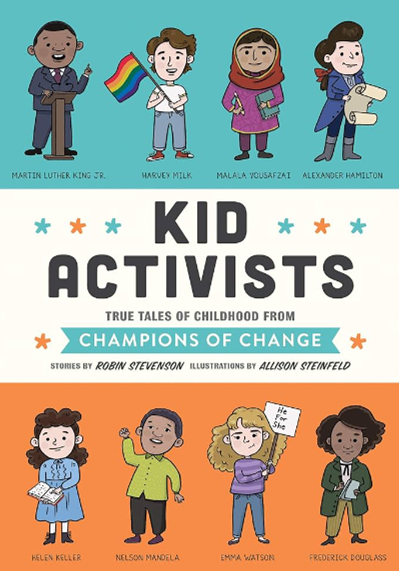
Further resources
http://AFB American Foundation for the Blind – American Foundation for the Blind
Disability History month e-resources – Selection of online resources to support Disability History Month.
Featured image: photograph of a photograph of Helen Keller in 1890, at ten years old. Sourced from Flickr Rights: Public Domain Citation: Horace Mann School photographs, Collection 0420.047, City of Boston Archives, Boston
 Library
Library Vicky Mason
Vicky Mason 2116
2116